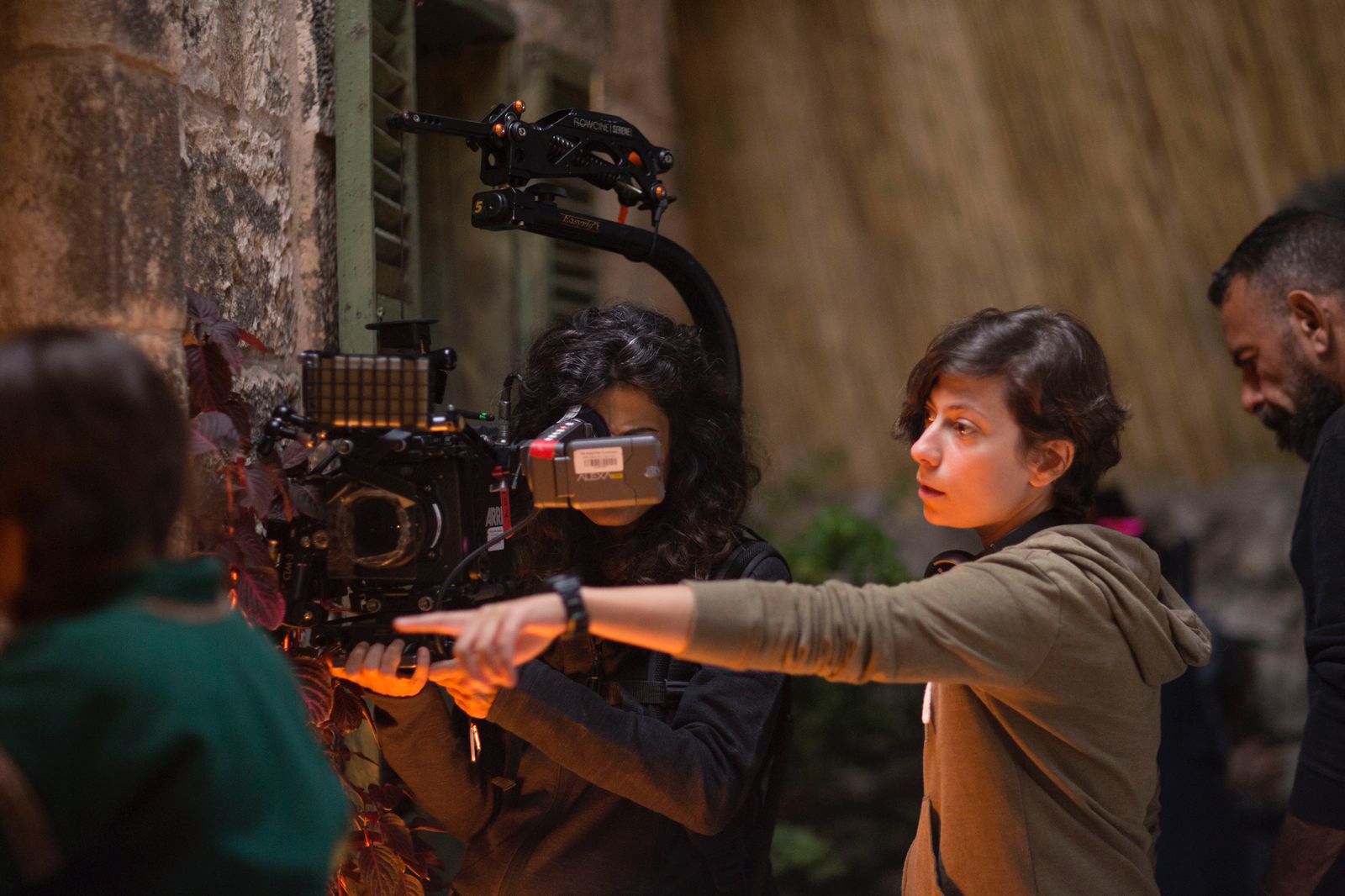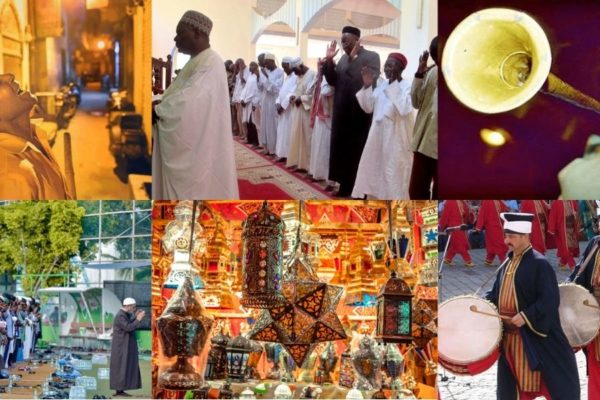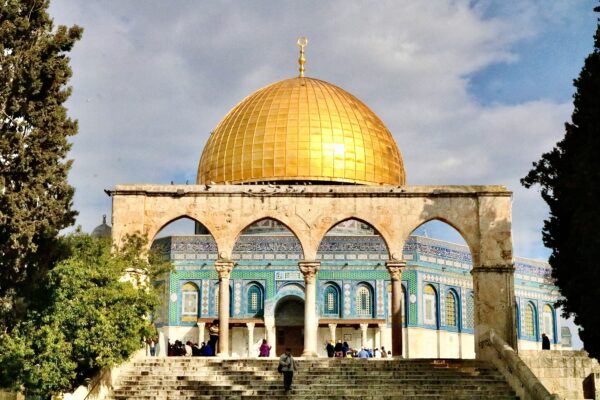Why Palestinian films and filmmakers are yet another beautiful example of resistance – and why it matters today.
Why Palestinian films and filmmakers are yet another beautiful example of resistance – and why it matters today.

Cinema has always been a powerful tool for expressing human feelings, capturing societal tensions, and showing the complexity of life. In the case of Palestinian films, this tool goes beyond storytelling to become a means to document a nation’s collective pain, resilience and struggle against oppression.
These films are not just entertainment, they are deeply rooted in Palestinians’ lived experiences – exposing the physical, emotional and cultural wounds of decades of displacement, occupation and conflict. This article explores the role of pain in Palestinian cinema, a characteristic woven with themes of resistance, identity and survival.
The Language of Resistance
Palestinian cinema became a form of resistance, especially from the 60s and 70s parallel to other forms of political and cultural resistance against the Israeli occupation. From its inception Palestinian cinema has been linked to the national liberation movement, it’s a mirror to the people’s struggle for freedom.
Films like The Color of Olives and 5 Broken Cameras show the audience the harsh reality of life under Israeli occupation, where checkpoints, walls and military presence frame the daily life of Palestinians.
In The Color of Olives for example the documentary is about a Palestinian family whose home is surrounded by a separation wall, it shows their experience of being physically and psychologically isolated. The slow pace of the film reflects the suffocating conditions that limit their every move.
In 5 Broken Cameras co-directed by Palestinian Emad Burnat and Israeli Guy Davidi, the director uses his footage to document non-violent resistance in the West Bank village of Bil’in. Burnat’s cameras – often destroyed in the process, become a symbol of the Palestinian people’s persistence.
Their resistance continues despite the oppression they face. These are not just political films; they are personal stories that humanize the Palestinian struggle. It’s not about land or power; it’s about people, families, and maintaining dignity in the face of dehumanizing forces.
Pain as an Aesthetic and Philosophical Element
Another striking example is Annemarie Jacir’s “When I Saw You”, a tale set after the 1967 Six-Day War. The movie tracks a young boy in a Jordanian refugee camp, who longs to go back to his homeland. His wish to cross the border, despite the risks, represents the deep longing of an entire uprooted population. The film’s emotional heart stems from the boy’s purity and resolve showing how war affects even kids.
Suffering in these films acts as a mirror of the Palestinian situation and a storytelling tool that forces viewers to face the harsh truths of occupation, displacement, and conflict. It reminds us that the hardship of the Palestinian people isn’t just a thing of the past but a current reality that keeps shaping their lives.
Exile, Memory, and the Quest for Identity
Palestinian films also focus on exile, memory, and identity. For Palestinians, their identity ties to their displacement. Movies like Elia Suleiman’s “Chronicle of a Disappearance” and Hany Abu-Assad’s “Omar” show this identity struggle. The characters in these films deal with broken personal and national identities.
In Chronicle of a Disappearance, Suleiman looks into how Palestinians feel out of place in their land. The occupation makes even those who stay feel displaced. The film thinks about how people lose their identity and how history gets erased. Silence and absence become strong symbols of how Palestinians live under occupation.
Omar, in contrast, follows a young Palestinian man caught between loving a woman and staying loyal to the resistance. The film shows betrayal, both personal and political, highlighting how complex the Palestinian identity is in a world where people watch every action and each choice has big results.
Memory plays a key part in these films, as remembering becomes a way to resist. Palestinians fight against forces trying to erase their history by keeping their homeland, culture, and suffering alive in their minds.
Films such as “3000 Nights”, which shows a Palestinian woman giving birth in an Israeli jail, stress how memory keeps identity intact. The jail, which stands for occupation, turns into a place of both real and symbolic birth. Here, the main character’s fight to raise her child proves the lasting spirit of the Palestinian people.
The Global Impact of Palestinian Cinema
Palestinian cinema has its roots in the unique experiences of its people, but its influence reaches well beyond Palestine’s borders. These films have gained worldwide recognition, not for their artistic quality, but also for their ability to throw light on one of the longest-running conflicts in the world.
Filmmakers like Hany Abu-Assad, whose movies Paradise Now and Omar received Oscar nominations, have brought Palestinian stories to viewers around the globe pushing them to see the human side behind the news headlines.
Paradise Now stands out because it tackles the touchy subject of suicide bombings. It doesn’t try to excuse violence but aims to look into the mind and social issues that push people to such drastic actions. The movie puts a human face on its main characters making viewers grapple with the moral gray areas of occupation and resistance.
In the same vein, movies like Lemon Tree and The Syrian Bride by Israeli filmmaker Eran Riklis, while not Palestinian, show Palestinian characters in a kind light. This further highlights the human toll the Israeli-Palestinian conflict has on both sides.
The worldwide popularity of these movies shows how their subjects appeal to people everywhere. Suffering forced relocation, and figuring out who you are don’t just affect Palestinians—they strike a chord with viewers around the globe who’ve lived through war, being forced from their homes or unfair treatment. This makes Palestinian films a strong way to create empathy and help people from different backgrounds understand each other better.
Conclusion: The Lasting Impact of Suffering
How Palestinian movies show pain isn’t just about art—it mirrors real life. These films capture the deep hurts from years of fighting, but they also show how tough and determined Palestinians are. They won’t let their suffering define them. Movies give the world a chance to see the ins and outs of Palestinian life, to understand their pain, and to see them as fellow humans.
In today’s world, those with power often shape the stories we hear. But Palestinian films give us a different perspective—one that tells of standing up staying alive, and the unshakable link between people and their homeland. These movies show us that even in tough times, we can still have hope.
As long as filmmakers keep sharing these tales, the world will continue to hear about the Palestinian struggle.





